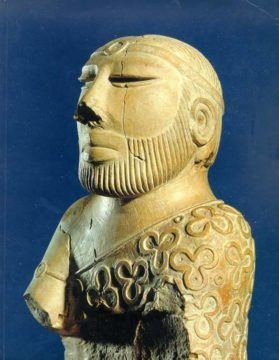 Adam S. Green in the Journal of Archaeological Research (h/t Jain Family Institute):
Adam S. Green in the Journal of Archaeological Research (h/t Jain Family Institute):
The archaeologists who first investigated the Indus civilization thought it diverged sharply from contemporary societies in Egypt and Mesopotamia (Marshall 1931, p. xi). For nearly a century, archaeologists have made a concerted effort to close this gap and make the Indus seem more “normal” in comparison with other complex societies. This is especially true with respect to inequality—specifically, stratification in the distribution of wealth and hierarchies of political power. In my view, these efforts have been largely unsuccessful. Marshall’s observation was basically correct; attempts to refute it have been based on the theoretical assumption that all social complexity entails stratified social relations, rather than a critical interpretation of the empirical evidence. I argue that the widespread distribution of production activities and wealth in Indus cities indicates that the stratification of wealth and power, particularly in the hands of a ruling class who monopolized resources and dictated the production activities of everyone else, was absent from the Indus civilization.
Indus cities (c. 2600–1900 BC) were expansive and planned, with large-scale architecture and sophisticated early technologies—writing, metallurgy, weights and measures, and seals—that matched those from contemporaneous societies in Egypt and Mesopotamia. And yet, it has long been noted that Indus cities lack the tombs, palaces, and aggrandizing art that characterize other early complex societies (e.g., Fairservis 1967). These lines of evidence are essential to the comparative study of complex societies and particularly to the analysis of past inequalities in wealth and power (e.g., Feinman 1995; Feinman and Marcus 1998; Smith 2012). Their absence in the Indus suggests that the forms of inequality that we would expect to find if a class of ruling nobles managed society were limited or absent in Indus cities. Given that complex societies have often been defined by the presence of such stratification (e.g., Trigger 2003, p. 46), the perception that the absence of a ruling class in the Indus civilization risked its omission from comparative debates about the emergence of social complexity gained ground. In response, there arose an implicit argument that the Indus was indeed exceptional, not because it lacked a ruling class, but because to fully appreciate its political economy required an exceptional set of criteria (e.g., Kenoyer 1998).
More here.
